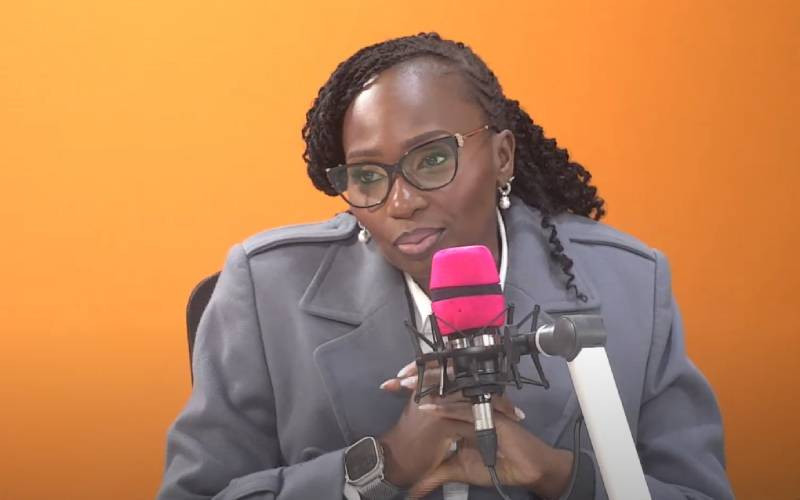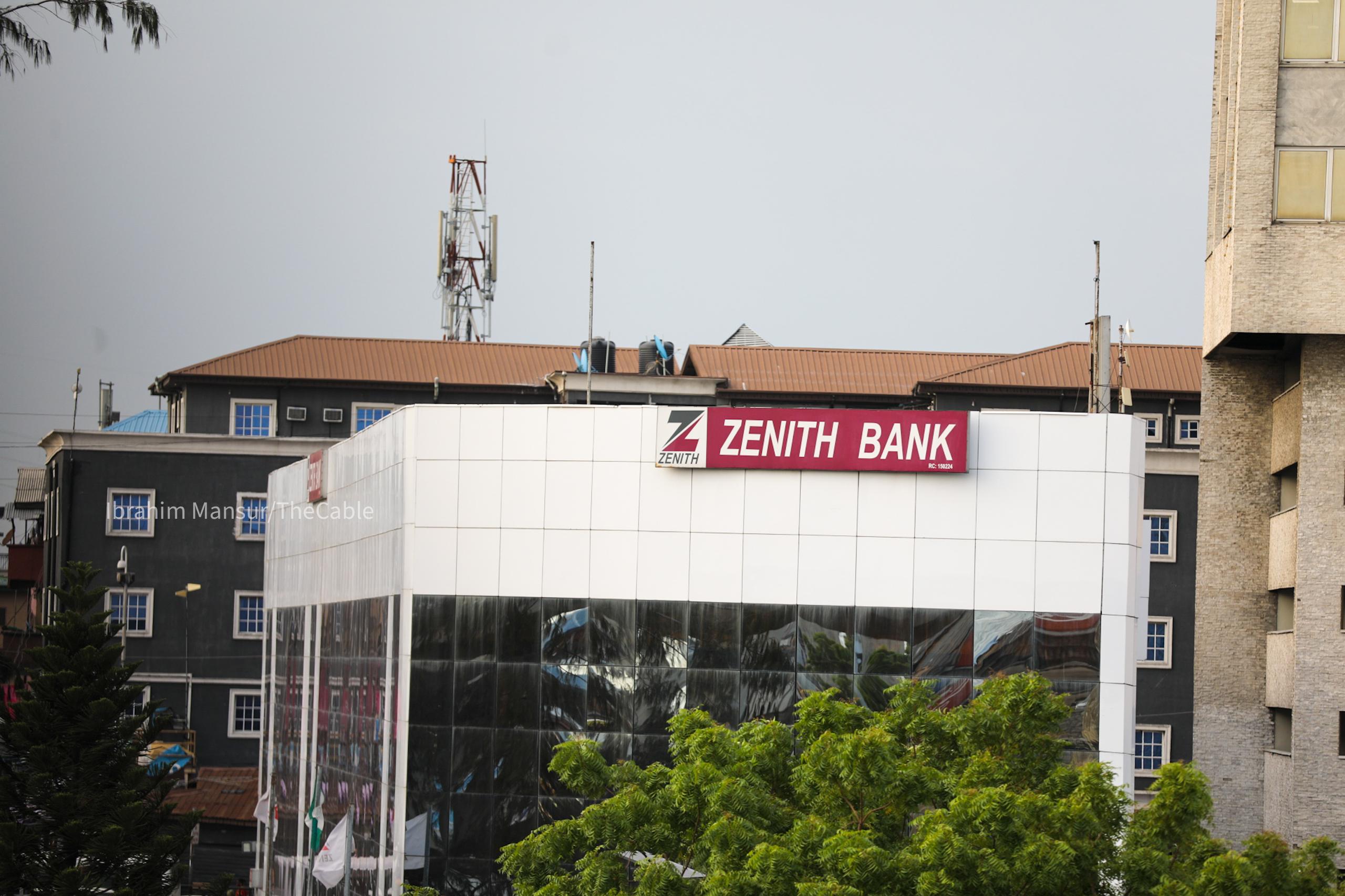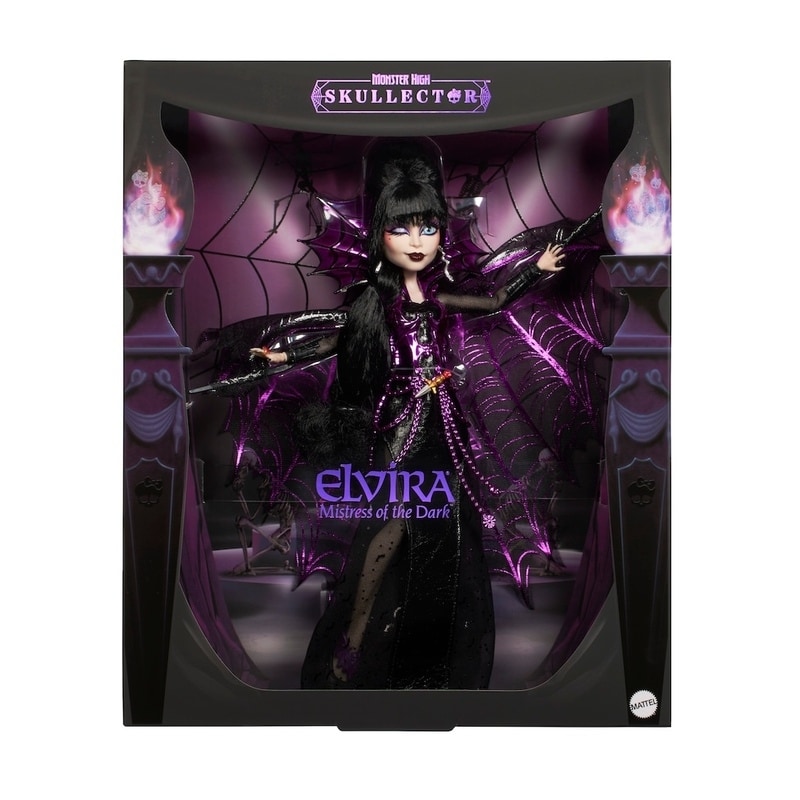The Bloomberg Arts Internship Opens Up An Industry To Vital New Talent

Bloomberg Arts interns make their final presentations, August 2024, New York City.
Bloomberg PhilanthropiesWhen measuring economic activity, it’s easy to overlook the arts. They are an ornament, people say. A nice-to-have luxury. A sector with hazy and intangible returns. And the riskiest career you could ever choose.
All typical—even pervasive—beliefs. But moving into the second quarter of the 21st century, also outdated. With the rise of AI, the culture industry offers jobs that reward human skills and return quantifiable value back to the community.
The Bloomberg Arts Internship (BAI), a program of Bloomberg Philanthropies, supports this changing role of arts and culture. By awarding stipends to rising high school seniors and assisting the organizations who bring them in as interns, BAI helps young people better understand the cultural sector and develop qualities that will help them succeed in college and beyond.
The Bloomberg Arts Internship was the inspiration of author and Bloomberg Philanthropies board member Walter Isaacson. According to Kate D. Levin, who oversees the Arts Program at Bloomberg Philanthropies, Isaacson made the perceptive observation that in large cities like New York, culture is a major industry but one with limited career access, especially for young people from underserved communities who don’t have connections and can’t afford an unpaid internship. That aligned with Michael Bloomberg’s long-standing belief in the importance of urban areas and his support of overlooked communities. So, in 2012 the Bloomberg Arts Internship was created with the goal of opening up an industry to new talent.
Kamora Monroe and Tyhe Cooper at the Bloomberg Arts Internship final presentations, August 2024.
Kamora MonroeTyhe Cooper, Production Editor at the arts journal Brooklyn Rail and a BAI mentor, explained the core issue that BAI is working to solve. “I don’t come from a wealthy background—cultural or otherwise,” said Cooper. “So understanding how to enter the art world was very confusing for me. You’re not able to get the experience that everyone is asking for because that experience is only available through unpaid positions.”
The problem is equal access to that experience. And arts organizations have not been transparent about why it doesn’t happen, said Wei Du, BAI mentor and Assistant Director of Public Programs at the Queens Botanical Garden. “There’s very little room for formal growth and formal development in the cultural sector. It’s just people climbing the ladder in all kinds of backdoor ways. They should have a clean pathway into these skills, these responsibilities and these competencies.”
BAI interns, Karandeep Singh and Markayla Pollack, planning their Christmas ornament making workshop ... More in the QBG Education Department office.
Queens Botanical GardenIt’s not only fairness. Growing the intern population equitably serves the mission of many organizations. “We have a uniquely diverse audience, even compared to the other institutions in New York,” Du continued. “We’re not trying to serve one or two demographics that happen to be in our neighborhood. We really are a garden for the world. And having interns come through the Bloomberg Arts Internship allows us to have a workforce that’s reflective of our audience. They bring things that you can’t put a price on in terms of cultural literacy, in terms of language skills and perspective.”
In addition to their onsite work, BAI interns attend weekly Bloomberg-led workshops on college readiness and professional development. They have writing instruction, learn how to create a resume and LinkedIn profile, and practice public speaking.
Their mentors, however, see even greater value in the immediacy of what happens on the job. “When you’re doing an exercise just to do an exercise, it can feel like homework again,” explained Abbey McClain, Executive Director of Touchstone Gallery & Foundation in Washington, D.C. “But if you have to write an email to communicate with an artist or interview an artist, it’s real life. You’re thinking about it. You’re doing your rereading. You’re looking it over and asking your friend to review it. You’re doing all the things that are real life. And you take it seriously.”
Before schools and degrees, this on-the-job learning was more common. Medieval guilds introduced young people to the realities and possibilities of work at an early age, and that model continued until relatively recently. Our modern educational landscape is more varied than the master and apprentice model, but the same benefits of learning-by-doing still apply.
Kamora Monroe, Production Intern, with the Brooklyn Rail's July/August 2024 issue.
Kamora MonroeWhen Kamora Monroe, a graduating senior at Midwood High School in Brooklyn, began her internship with Brooklyn Rail, her mentors and supervisors Tyhe Cooper and Charles Schultz made sure that she worked in every area of the journal’s operation. That included artist and gallery outreach, research, writing, editing and production. After a few months, Monroe was assigned to cover “Monuments of Solidarity,” LaToya Ruby Frazier’s 2024 show at the Museum of Modern Art. The review she wrote has a strong point of view. Monroe owns her perspective and gives the reader a reason to see the exhibit.
“I was very, very grateful to be able to do that, because this is no one’s first job—ever,” Monroe remembered. “The people [at Brooklyn Rail] saw me as an individual who was smart enough and worthy enough to do something like that. At the time, I didn’t see myself that way. A 16-year-old girl from Midwood High School writing and publishing an art review? It’s unheard of.”
This kind of work experience is rare for teenagers who don’t have resources or family connections, and that’s part of what makes it so valuable. “The fast-food industry is an enormous vector of employment—and that’s great,” said Levin. “But these roles are much more nuanced in terms of the interpersonal demands.”
Bloomberg Artist Internship, 2014 cohort, New York City.
Celeste LannenThat was certainly the case for Celeste Lannen, a BAI high school intern in 2014. She did outreach that summer with the Dance Theater of Harlem, getting on the phone with public schools to promote their scholarship programs. It was all new for Lannen, who stretched beyond her comfort zone as spokesperson of a storied cultural organization. But ten years on, that experience led to where she is now.
Lannen is Assistant Director of Collective by 92NY/Talks at the 92nd Street Y. She runs their Young Patrons program, booking and producing events for young audiences. “I’m programming talks with artists, authors, celebrities that would appeal to people in their 20s and 30s,” said Lannen. “I reach out to publicists and a lot of them reach out to me. Being able to make a pitch started at BAI, and I’m still doing that to this day, figuring out how to put our best foot forward to compel people to want to come and speak on our stage.”
Last year, BAI facilitated more than 1,100 internships with 150 organizations in seven cities—Baltimore, Boston, Detroit, New Orleans, New York, Philadelphia and Washington, D.C. In 2026 the program will expand into Los Angeles.
All BAI interns start as rising high school seniors and then have the option to continue with their mentoring organization through their senior year. More recently, BAI began offering opportunities for committed students to extend that partnership into college. A new alumni network in all seven cities makes sure that interns support one another as they make the transition into their first careers.
How successful is the program? According to Kate D. Levin, close to 60% of interns place out of remedial writing when they get to college. And the program’s alumni enroll in college at rates nearly 30% higher than the national average. But the human relationships that students cultivate may, ultimately, be the most enduring measure of BAI’s impact.
Executive Director, Abbey McClaine, with Touchstone Gallery Assistants Daryle Locko and Arthur Webb, ... More and BAI interns London Wright, Erin Kilgore and Taylor Freeman after an installation.
Touchstone GalleryFor Abbey McClain of Touchstone Gallery, it’s her ongoing connection with former interns that show the real strength of BAI. McClain makes sure they feel comfortable calling or texting anytime for advice. As she said, many of the same issues around networking, maintaining contacts, and navigating job searches and interviews will follow her interns from high school to college and beyond.
And, finally, there’s the pride on both sides in seeing growth and promise fulfilled. Tyhe Cooper of Brooklyn Rail remembered watching Kamora Monroe deliver her final presentation at Bloomberg Philanthropies headquarters. “When Kamora talked about what she’d done and what she’d learned it was beautiful. I got really emotional about it.”
“Some of these folks are so talented,” said McClain. “You can’t wait until they become your colleagues. You can’t wait until they take over your office when you retire.”










:max_bytes(150000):strip_icc()/Parents-JuneteenthCelebrationsAcrosstheUS-d58af61667c34d689e5986807a8f74c2.jpg)
